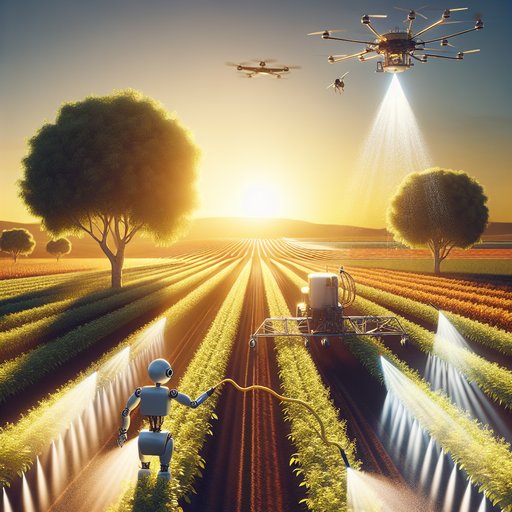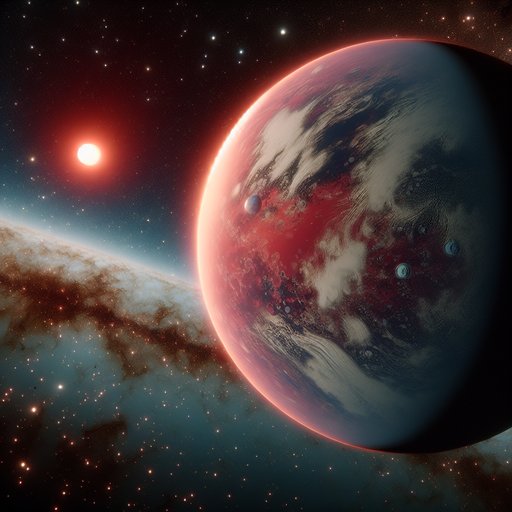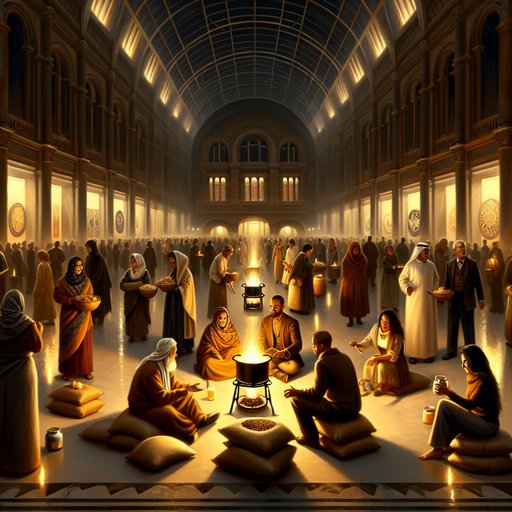
Food security used to hinge on acreage, rainfall, and luck. Today it also depends on code. In fields that once only heard the rattle of diesel, camera-laden rovers move between rows, teasing weeds from crops with surgical sprays, while drones stitch mosaics of canopy health above them. The promise isn’t spectacle; it’s precision—less waste, fewer passes, smarter decisions. As climate volatility jolts planting calendars and labor shortages tighten harvest windows, autonomous robots and AI-driven precision agriculture step forward not as shiny distractions but as pragmatic tools. Their lineage reaches back to centuries-old inventions, yet their potential pushes us toward a new compact between farmer, machine, and soil—one where intelligence doesn’t replace stewardship, it amplifies it.

Among the most influential collaborations between a guitarist and a manufacturer, Eric Clapton’s work with Fender stands out for its clarity of purpose and lasting impact. In the late 1980s, Fender partnered with Clapton to translate his stage-tested preferences into a production Stratocaster that balanced tradition with modern reliability. The resulting signature model was rooted in the Strat’s 1950s DNA yet quietly revolutionary under the pickguard, marrying comfort, stability, and flexible tone. Tracing how those choices came to be reveals not only the story of a guitar but also how popular taste, artist authority, and industry decision-making interact in a market where millions effectively “vote” with their ears and wallets.

Astronomers in 2024 announced Gliese 12 b, an Earth-size exoplanet just 40 light-years away that orbits a cool red dwarf star every 12.8 days. Detected by NASA’s TESS mission via the transit method and confirmed with follow-up observations, the planet receives slightly more starlight than Earth. Its estimated equilibrium temperature is around 42 degrees Celsius if it lacks an atmosphere, placing it near the inner edge of its star’s habitable zone. Whether Gliese 12 b is actually habitable remains unknown, but its proximity and size make it one of the most promising nearby targets for probing a temperate world’s atmosphere with current telescopes.

The advent of advanced telescopes has ushered in a new era of space exploration, transforming our understanding of the cosmos. These technological marvels, such as the Hubble Space Telescope and the upcoming James Webb Space Telescope, provide unprecedented insights into distant galaxies, nebulae, and celestial bodies, reshaping our perception of the universe.
























































